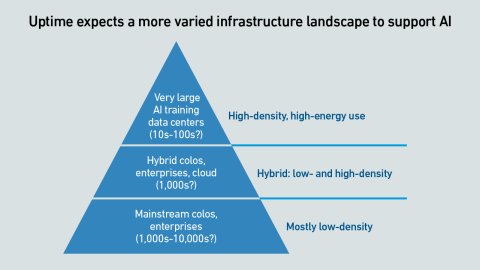Not all AI is the same; yet broad marketing claims often blur the line between automation and real intelligence. Understanding which AI types truly pose risks is essential in diminishing operator skepticism and fears of hallucinations.
filters
Explore All Topics
The updated model projects a doubling of power consumption by the end of 2026, with IT loads serving generative AI workloads breaking through 10 GW of capacity.
Enhanced geothermal systems use advanced drilling and hydrofracturing techniques to access geothermal energy in more locations. Some data centers may use enhanced geothermal energy for on-site, low-carbon power.
The European Commission published the final assessment of the data center label and minimum performance standards (MPS) in October. The final delegated act could require posting a label in 2026 or 2027, with MPS values likely to be 2 years away.
The European Parliament plans to simplify environmental reporting beyond what the Omnibus proposed in early 2025. Under the new reporting thresholds, only the largest 10% of companies would remain subject to CSDDD and CSRD requirements.
A bout of consolidation and investment activity in cooling systems in the past 12 months reflects widespread expectation of a continued spending surge on data center infrastructure.
There is an expectation that AI will be useful in data center operations. For this to happen, software vendors need to deliver new products and use cases - and these are starting to appear more often.
Performant cooling requires a full-system approach to eliminate thermal bottlenecks. Extreme silicon TDPs and highly efficient cooling do not have to be mutually exclusive if the data center and chip vendors work together.
China wants to expand its data center capacity, and to achieve net-zero emissions. To this end, the nation is regulating for efficiency and renewable energy, as well as harnessing centralized control, to balance growth with sustainability.
Uptime's 2025 cooling survey found that fewer respondents cited sustainability as a primary driver for direct liquid cooling (DLC). Gradual advancement of DLC plans may be refining operator understanding of its incentives.
The Azure outage highlights a blind spot in resiliency planning. It is not only cloud compute that can fail - shared global network services such as DNS and CDNs can disrupt access to systems anywhere, including on-premises.
A fire in South Korea's government data center shows how a misjudged safety fix and a lithium-ion battery can spark a national outage, proving that battery chemistry, placement, and procedures are central to resilience.
Financial institutions are embracing public cloud for some mission-critical workloads, and using it as a launchpad for AI development.
Consensus is growing that a major market "correction" is coming: while some infrastructure operators are highly exposed, others may stand to benefit.
As IT organizations embrace AI, data center facilities and colocation providers need to plan to deploy the supporting infrastructure - despite many uncertainties. Most, however, are still moving cautiously.
 Dr. Rand Talib
Dr. Rand Talib

 Daniel Bizo
Daniel Bizo
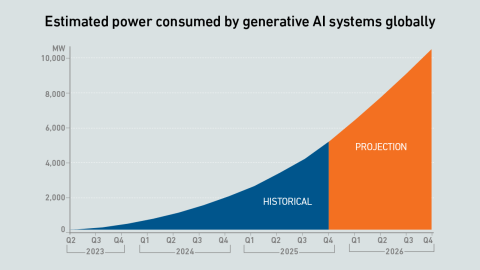
 Peter Judge
Peter Judge
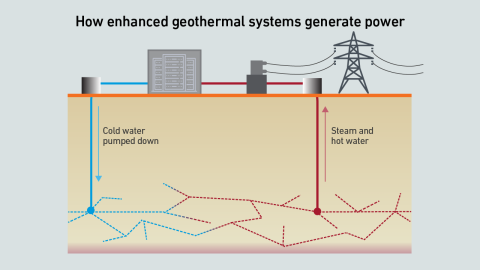
 Jay Dietrich
Jay Dietrich



 Max Smolaks
Max Smolaks

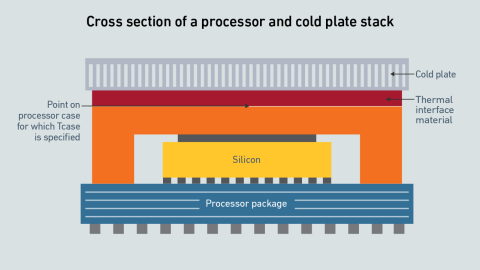
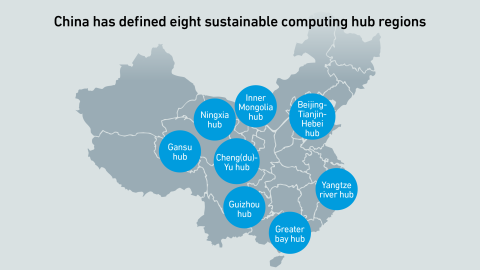
 Jacqueline Davis
Jacqueline Davis
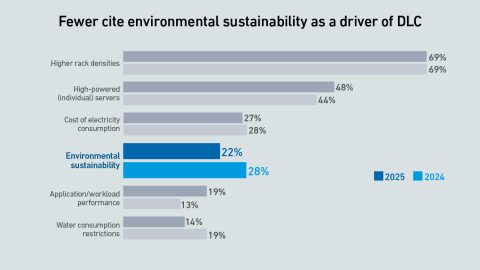
 Dr. Owen Rogers
Dr. Owen Rogers
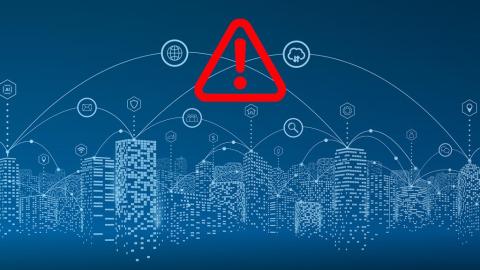


 Andy Lawrence
Andy Lawrence

